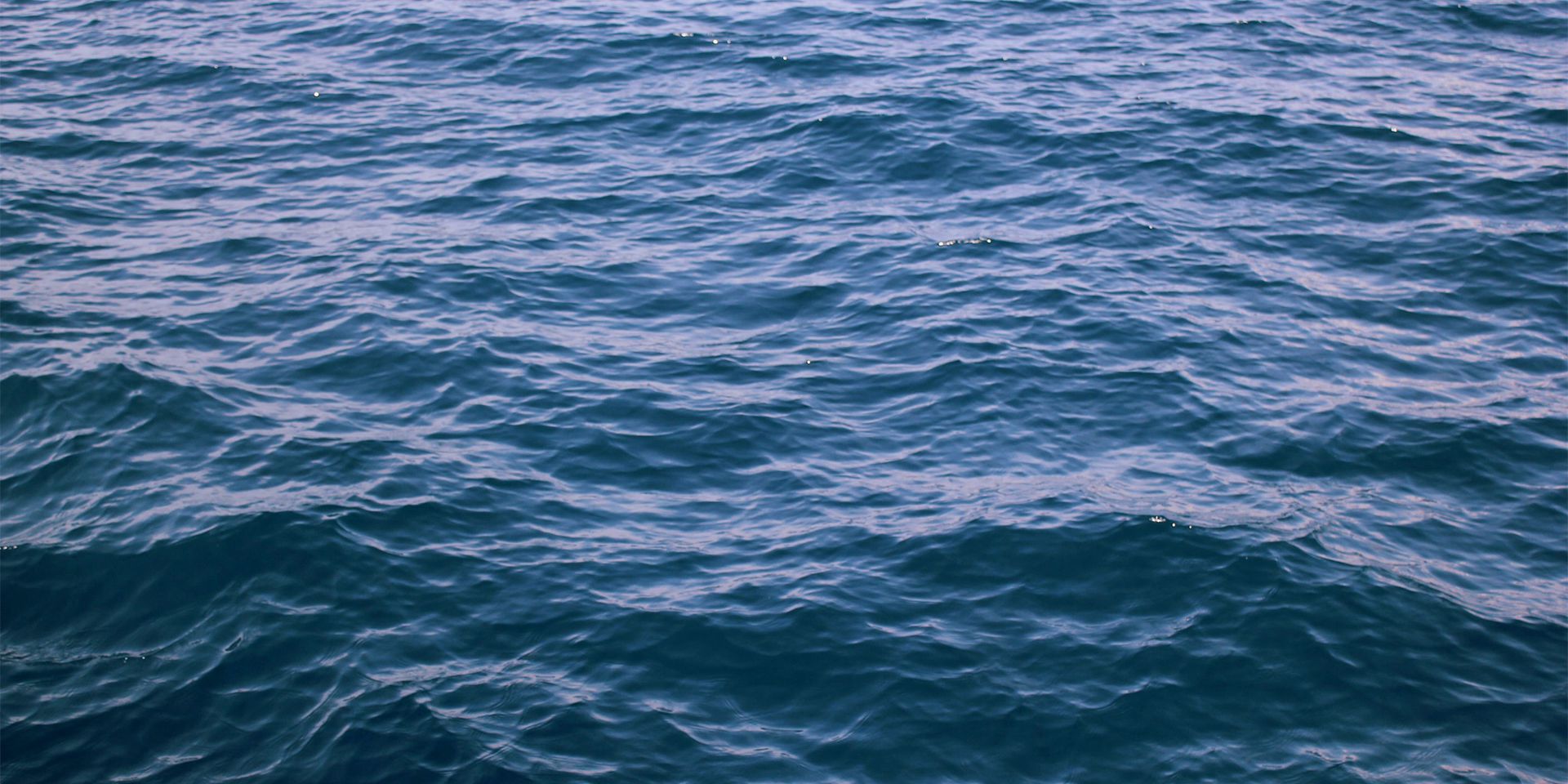Locate and characterize geological structures that may contain hydrocarbon reserves
- Acoustic disturbance/potential injury from seismic sound source
- Disturbance from vessel and aircraft activity
- Collisions with survey and support vessels

Locate and characterize geological structures that may contain hydrocarbon reserves
Coring or sampling of surface and subsurface sediments to determine geophysical properties
Provide imagery of the sub-seafloor to locate and characterize geological features and hazards, biologically sensitive areas, and archaeological resources
Confirm presence of hydrocarbons; characterize physical properties of reservoir to determine economic feasibility
Determine the structure of a particular petroleum-bearing zone
Temporary or permanent capping and abandonment of exploratory well
Provide imagery of the sub-seafloor to locate and characterize geological features and hazards, biologically sensitive areas, and archaeological resources
Install and anchor drilling platform and equipment to seafloor to support long-term hydrocarbon production, storage, and offloading
Locate and avoid bottom hazards, bottom-set fishing gear, biologically sensitive areas, and archaeological resources
Install pipeline for transport of hydrocarbons to an onshore facility port or refinery
Monitor distribution, volume, and pressure of the reserve during extraction
Extraction of oil and gas reserves for refinement and commercial sale
Transport of hydrocarbons to port or processing site via pipelines or tankers
Remove structures or equipment from seafloor
Remove structures or equipment from seafloor
Permanent capping and abandonment of well
Convert obsolete or non-productive platforms to artificial reefs